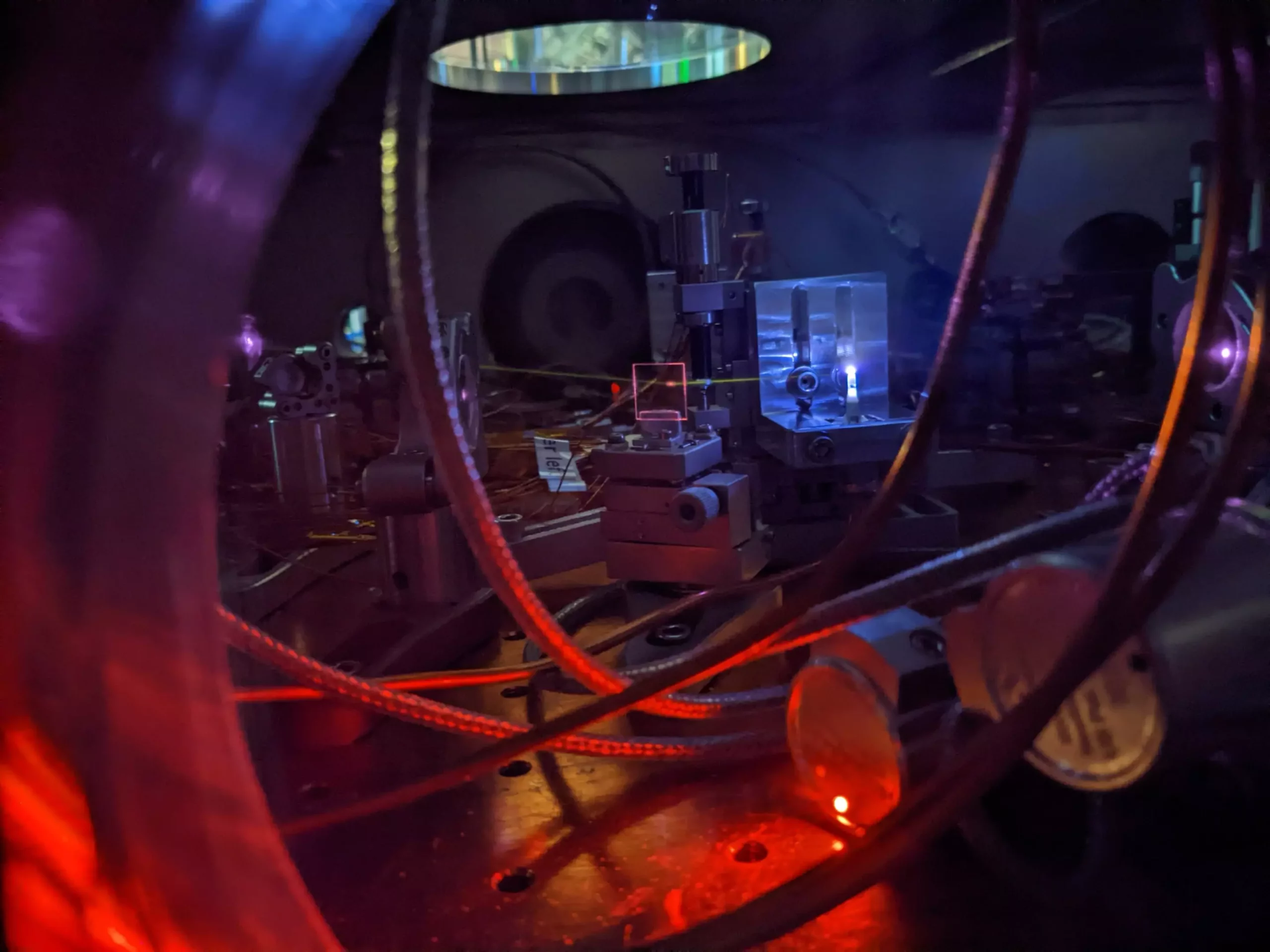Timekeeping has undergone significant evolutions, from sundials to atomic clocks, each refinement bringing increased precision to how we measure time. However, an exciting frontier is emerging in the realm of precision timekeeping—nuclear clocks. These innovative devices promise not only to enhance our ability to measure time but also to facilitate groundbreaking discoveries in fundamental physics. An international research team spearheaded by scientists at JILA, a collaborative institute affiliated with the National Institute of Standards and Technology (NIST) and the University of Colorado Boulder, has made notable strides in this direction, demonstrating vital components of a nuclear clock as detailed in their recent publication in Nature.
At the heart of a nuclear clock lies a critical difference from traditional atomic clocks: the source of the timekeeping signals. While atomic clocks rely on the movements of electrons, nuclear clocks focus on the minute oscillations within an atom’s nucleus, where protons and neutrons are densely packed. This shift brings a plethora of advantages. Nuclear processes are less susceptible to external disturbances, such as fluctuating electromagnetic fields, which can disrupt the accuracy of atomic clocks.
The process of clocking in nuclear systems is akin to flipping a switch; precise frequencies of laser light are utilized to induce energy jumps within the nucleus. This method allows nuclear clocks to achieve a higher tick rate, directly tied to their capacity for more accurate timekeeping, with an astounding number of oscillations per second.
In a landmark study, researchers successfully employed a meticulously engineered ultraviolet laser to examine energy transitions in thorium-229. This particular isotope was chosen for its distinctive characteristics: thorium-229’s nucleus experiences a relatively low energy jump compared to other atomic nuclei, which often necessitate high-energy X-rays to induce transitions. The advancement in utilizing ultraviolet light, a less energy-intensive form of radiation, marks a significant milestone in nuclear clock technology.
The collaborative effort, which pairs thorium nuclei with cutting-edge optical frequency combs, achieves a level of precision a million times greater than previous measurements. This breakthrough heightens optimism for nuclear clock applications, laying a foundation for future developments.
The broader implications of nuclear clocks span far beyond merely telling time. Within technology infrastructure, nuclear clocks have the potential to revolutionize navigation systems—improving precision even in scenarios devoid of GPS signals. Moreover, the enhanced accuracy of timing devices can streamline internet connectivity, further ensuring reliable communication channels in an increasingly digital world.
Beyond consumer technology, the implications for fundamental physics are equally profound. Nuclear clocks stand to advance experimental physics in unprecedented ways; they may assist in testing the constancy of physical constants, aiding in the quest to understand dark matter or even contributing insights into the mysterious fabric of the cosmos.
Despite the promising developments, constructing a fully-realized nuclear clock is not without its challenges. The requirement for coherent X-ray sources remains a significant hurdle as current technology is limited in this regard. Researchers have made headway by focusing on regions of lower energy requirements, as seen with thorium-229, but substantial work remains to create robust nuclear clocks that can operate with high accuracy and reliability.
As Jun Ye, a physicist at NIST and JILA, envisions, the future could hold atomic timekeeping devices that possess unparalleled stability—akin to a wristwatch that would not lose a single second over billions of years. The dream of a portable and highly stable nuclear clock may be on the horizon, but the scientific community is still piecing together the puzzle.
The ongoing development of nuclear clock technology not only represents an advancement in how we measure time but also heralds a new era in scientific exploration. The efforts by the JILA research team and their collaborators are a testament to human ingenuity and the relentless quest for precision in understanding our universe. As the journey continues, the integration of nuclear clocks into both practical technology and theoretical physics could unlock a wealth of knowledge, reshaping our understanding of time and the fundamental workings of the cosmos. The possibilities are vast, and the pursuit remains a compelling frontier in both timekeeping and science.

